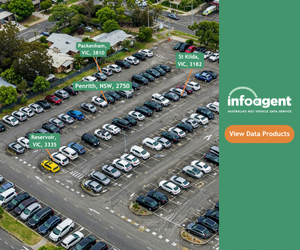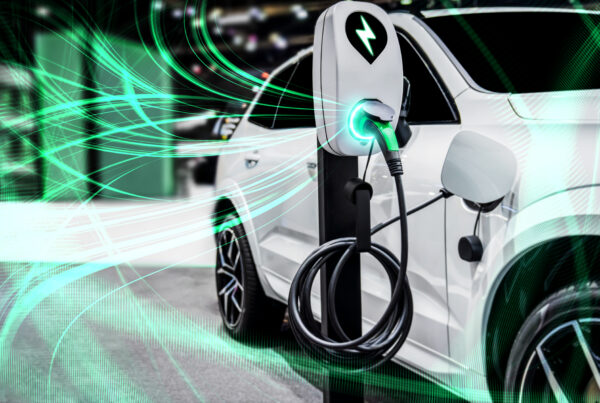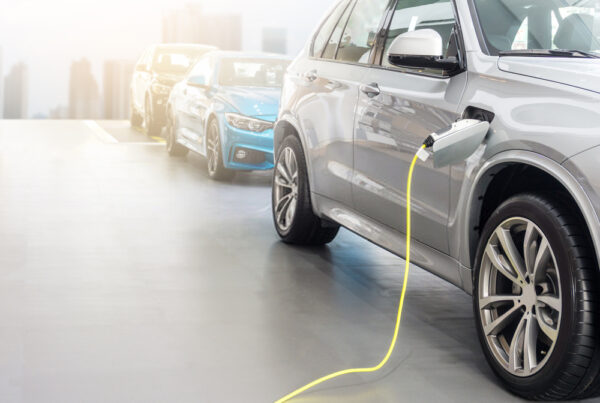Electric vehicle (EV) batteries could last up to 40 per cent longer than researchers previously thought, according to a new study from Stanford University and SLAC National Accelerator Laboratory.
The findings, published in Nature Energy, suggest that the way people drive and charge their EVs in the real world actually helps extend battery life, compared to the steady use seen in laboratory tests.
Real Driving Beats Laboratory Tests
The research revealed that the stop-and-go driving typical of everyday life such as heavy traffic, city trips, and even short breaks benefits the batteries in ways researchers hadn’t expected.
These conditions, alongside periods of the battery being parked, seem to preserve the battery’s lifespan, potentially delaying the need for costly battery replacements.
We’ve not been testing EV batteries the right way. To our surprise, real driving with frequent acceleration, braking that charges the batteries a bit, stopping to pop into a store, and letting the batteries rest for hours at a time, helps batteries last longer than we had thought based on industry standard lab tests,” explained Simona Onori, associate professor of energy science and engineering at Stanford.
Testing Batteries with Real-World Conditions
The study tested 92 commercial lithium-ion batteries over two years. Researchers used both traditional testing methods and dynamic driving profiles based on actual driving data. The results showed that the closer the testing mimicked real-world conditions, the longer the batteries lasted.
“For example, we found that sharp, short accelerations—often thought to be harmful to EV batteries—actually helped slow down battery degradation,” said Alexis Geslin, a PhD student at Stanford.
“Pressing the pedal with your foot hard does not speed up aging. If anything, it slows it down.”
Time-Induced Aging Plays a Bigger Role
The study also examined two types of battery aging. One is the wear and tear caused by charge-discharge cycles. The other is the aging that occurs over time. Time-induced aging plays a larger role in consumer EVs, which are often left unused or charged infrequently. In contrast, commercial vehicles like buses and delivery vans are in constant use, reducing the impact of time-related battery aging.
“This work highlights the power of integrating multiple areas of expertise, from materials science to machine learning, to advance innovation,” Onori said.
The study’s findings could influence the development of new EV battery technologies. Researchers now plan to revisit existing battery chemistry and materials to optimise designs that account for more realistic usage patterns.
Did you find this article interesting? Click the ‘heart’ button above to give it a ‘like’!



















